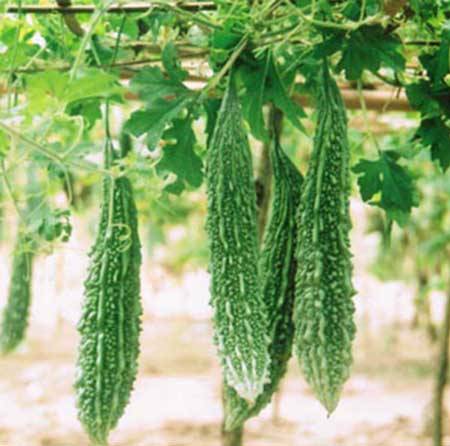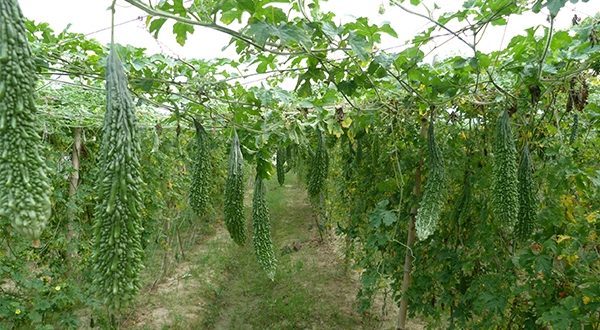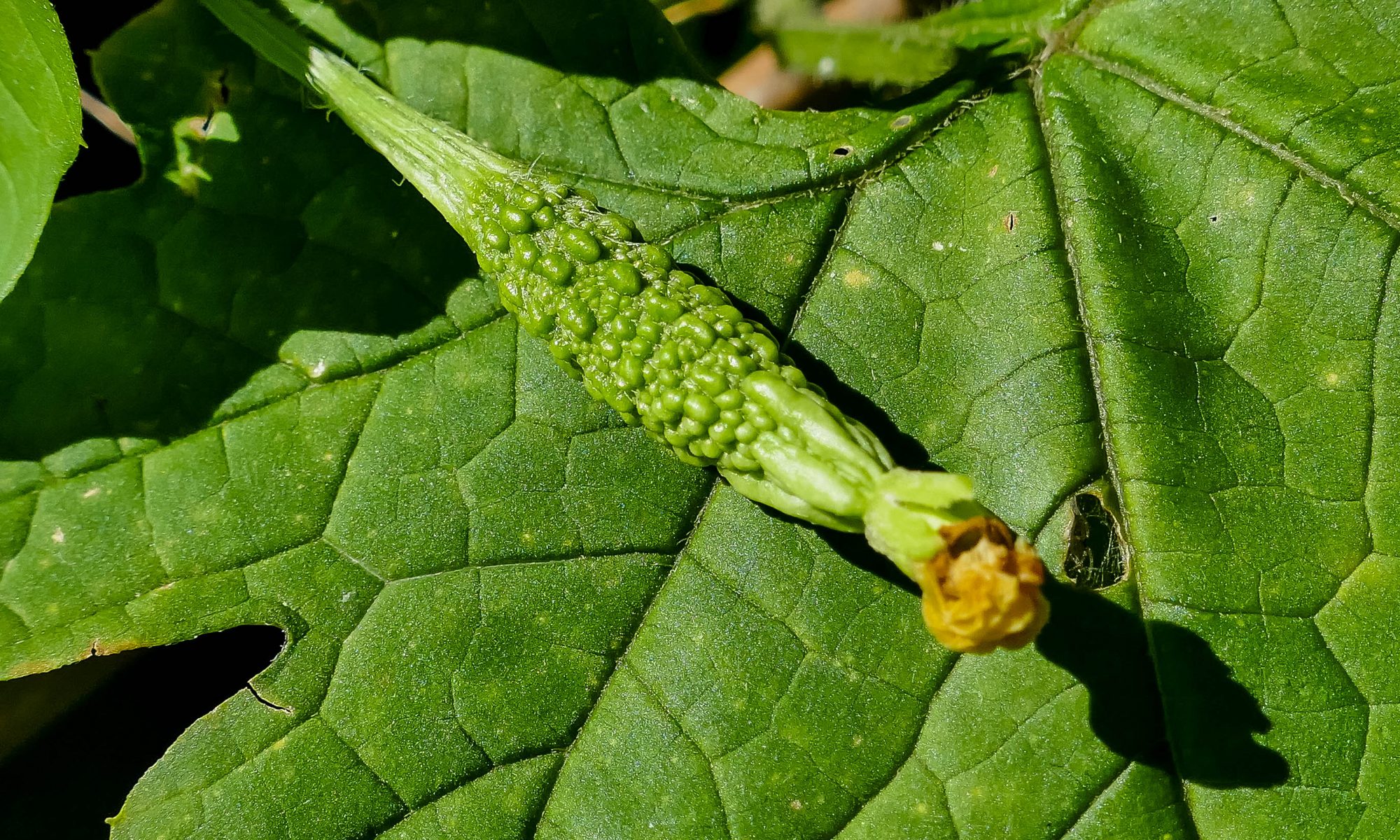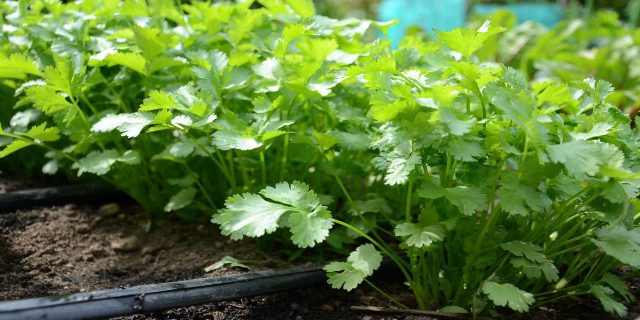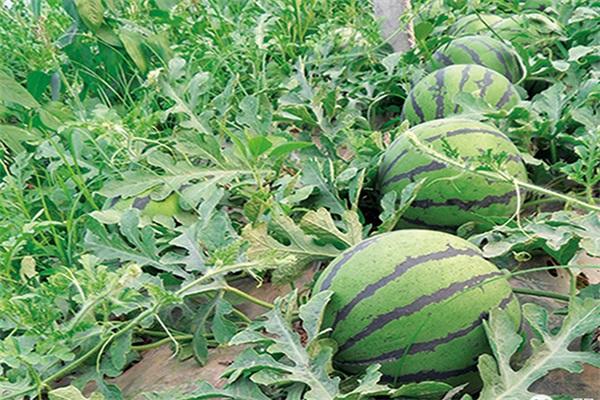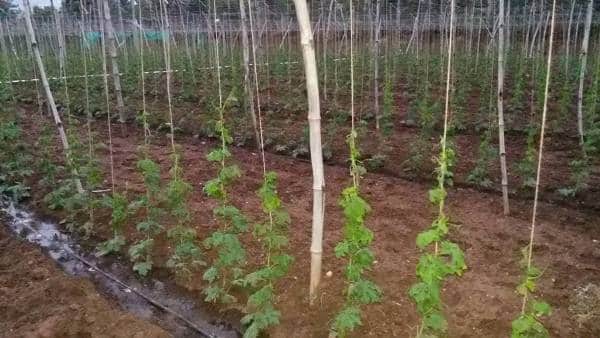Farmers face a lot of difficulty in irrigating in summer due to a shortage of electricity. To get rid of this problem for the farmers of the state, the Madhya Pradesh government has implemented a scheme. Under this scheme, electricity will not be required for irrigation in the field. The pump will be run with the help of solar energy.
Solar power plants of 1250 MW capacity will be set up in the state. With the help of power plants, 7996 agricultural feeders can be energized with solar energy. Through this scheme, the fields of lakhs of farmers will be irrigated and about one thousand crore rupees will also be saved. At the same time, with the help of this solar energy, electricity will also be available to the farmers during the day.
The government has been spending 14 thousand 800 crores every year to provide cheap electricity to the farmers of the state. In such a situation, the scheme of running pumps on solar energy for irrigation will prove beneficial. However, at present, solar energy is costing an average of Rs 3 20 paise per unit. Whereas in thermal power, this rate is around Rs 5, 34 paise per unit. In such a situation, the problems of both the farmers and the government will end with solar energy.
Source: Patrika
ShareKeep reading the articles of Gramophone daily for important information related to rural areas and agriculture. If you liked today’s information, then do not forget to share it with friends.



